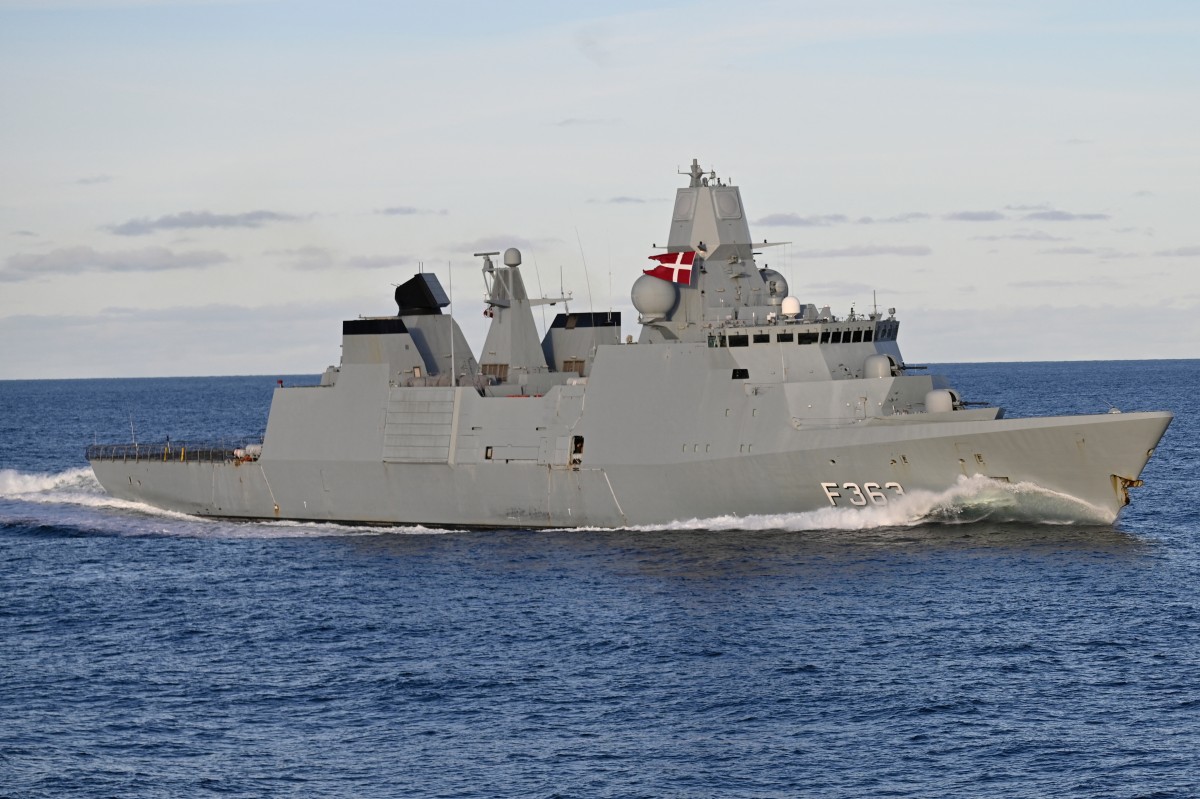Undefined – NATO flexed its muscles in the North Sea this week in a display of military might, as Russia allegedly tested the alliance’s defences on its eastern flank.
US destroyers and French and Danish frigates escorted the giant USS Gerald R. Ford on the high seas as part of NATO’s Neptune Strike 25-3 exercise.
F-35 and F-18 jets flew overhead in a diamond formation behind an E-2 Hawkeye, in a demonstration of their capabilities and to test their coordination at a time of high tension with Moscow.
One day before the exercise, a Russian reconnaissance aircraft flew three times over the German frigate Hamburg at “very low altitude” in the Baltic Sea on September 21, according to the German defence ministry.
“We consider this behaviour unprofessional and uncooperative,” said a ministry spokesperson.
The NATO exercise began the same day that, a few hundred kilometres away, “three or four large drones” flew over Copenhagen Airport, disrupting air traffic.
These “hybrid attacks” could increase, warned Denmark’s Prime Minister Mette Frederiksen.
“We reassure our allies, and with our adversaries or others… we establish a strategic deterrent as a group, as a team,” said US Rear Admiral Paul Lanzilotta, commander of Carrier Strike Group Twelve, in the vast hangar of the carrier.
Above, F-18s took off with a deafening roar, an AFP journalist on board said.
Integration
France participated in Neptune Strike with its frigate Bretagne, which can carry out anti-submarine and anti-air warfare missions.
The exercise “brings together 13 NATO nations across three different seas. It’s a way to integrate all NATO forces and train on high-level exercises,” explained Captain Nicolas Simon, the frigate’s commander.
“For France, the objective is, of course, to show its solidarity with all NATO nations, but also to demonstrate its full capabilities in conducting air and marine operations,” he added, as the ship sailed alongside the US aircraft carrier.
Simulated air attacks, ship boarding, and amphibious landings are among the ways in which Neptune Strike showcased the alliance’s power and coordination against a threat the military refused to explicitly name.
On Tuesday, a “boarding team” from the protection brigade, armed with rifles, was airlifted from the French frigate to a US destroyer to inspect its flag and cargo.
The aircraft carrier, preceded by a Danish frigate, a French frigate, and two US destroyers, sailed through the North Sea on Wednesday morning before parting ways in a minutely choreographed move.








